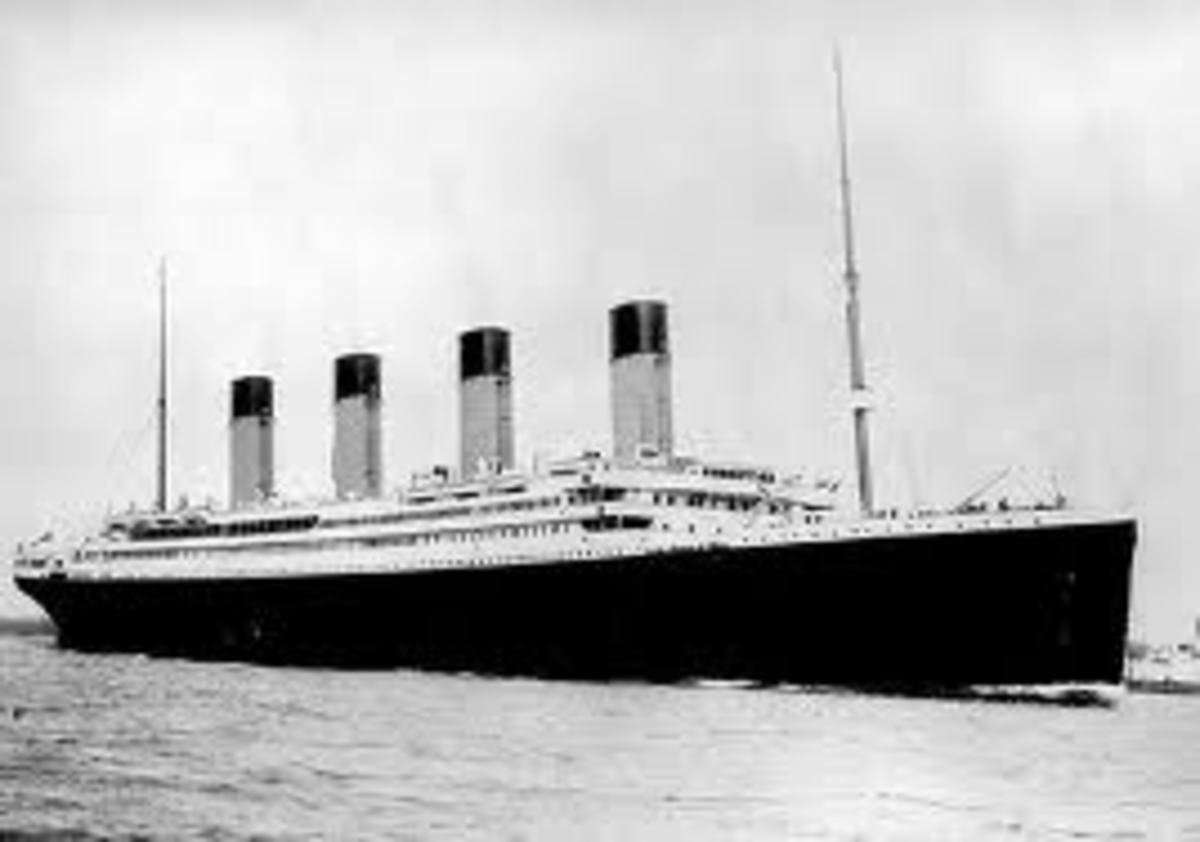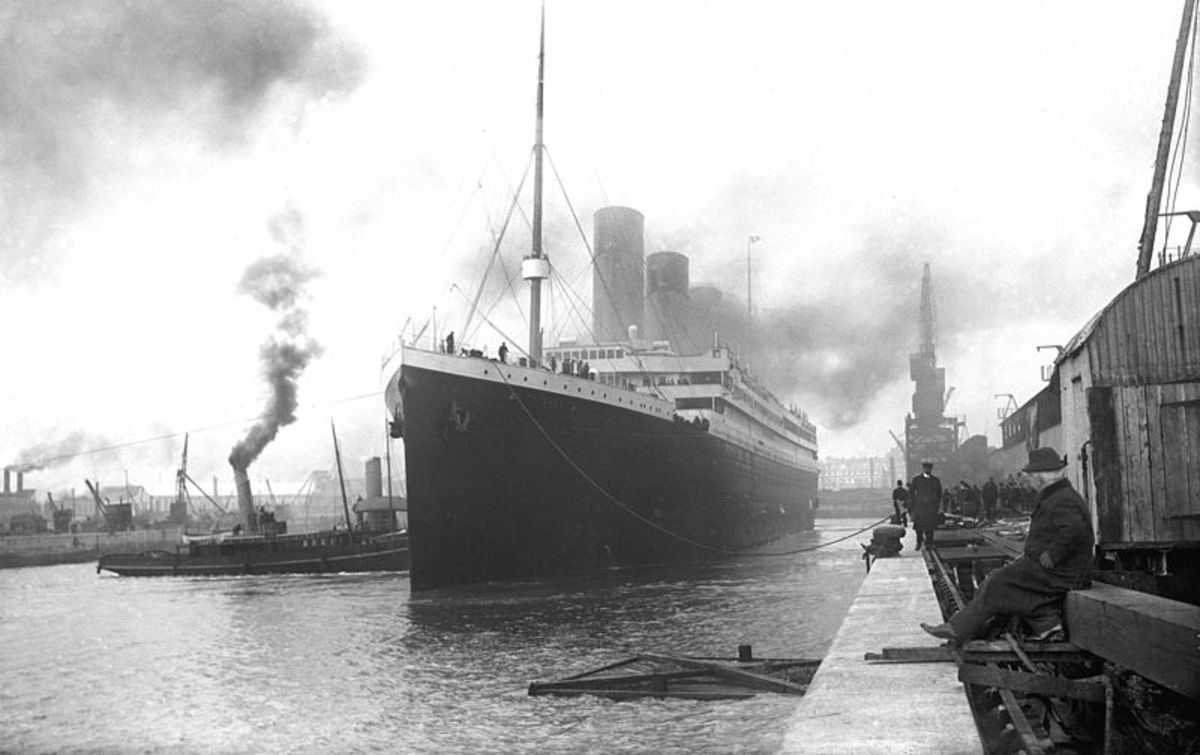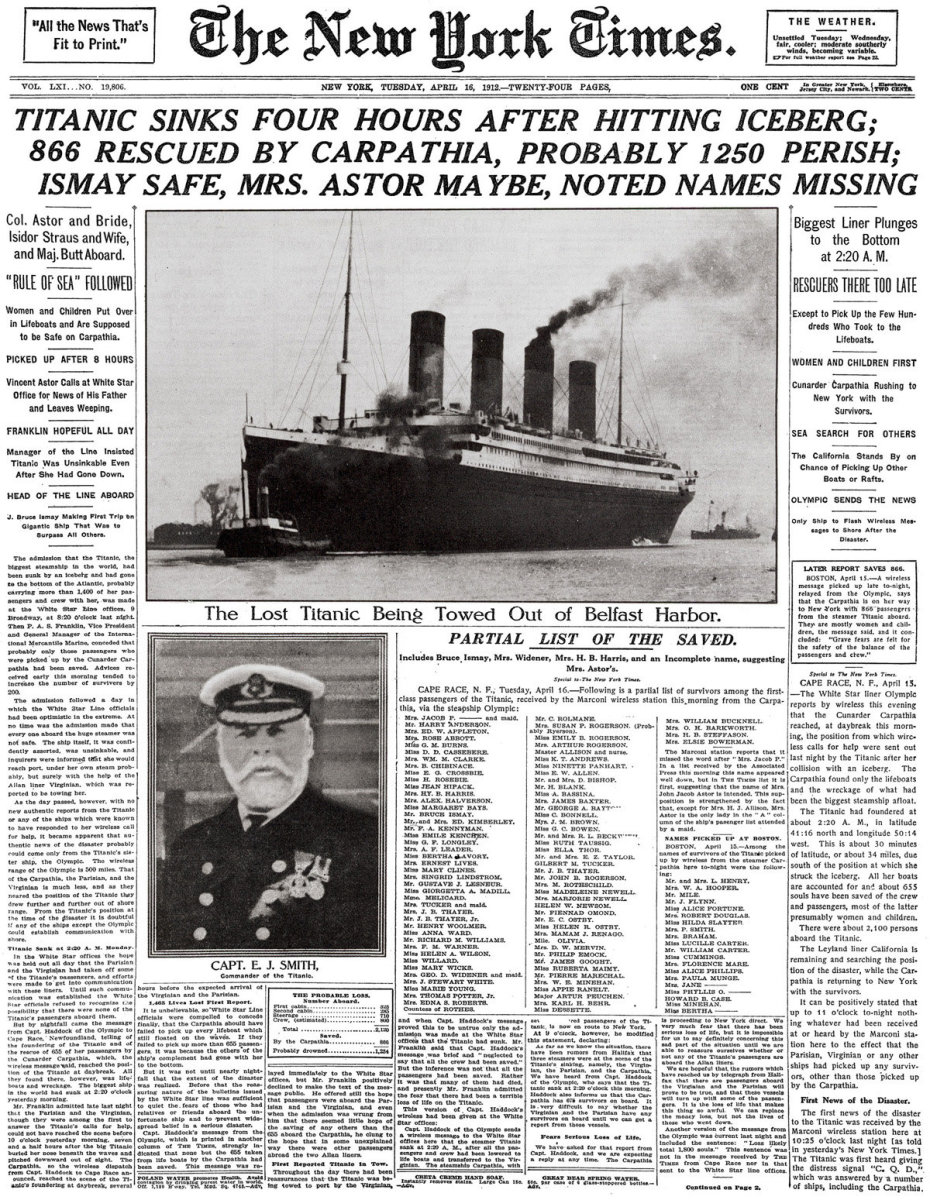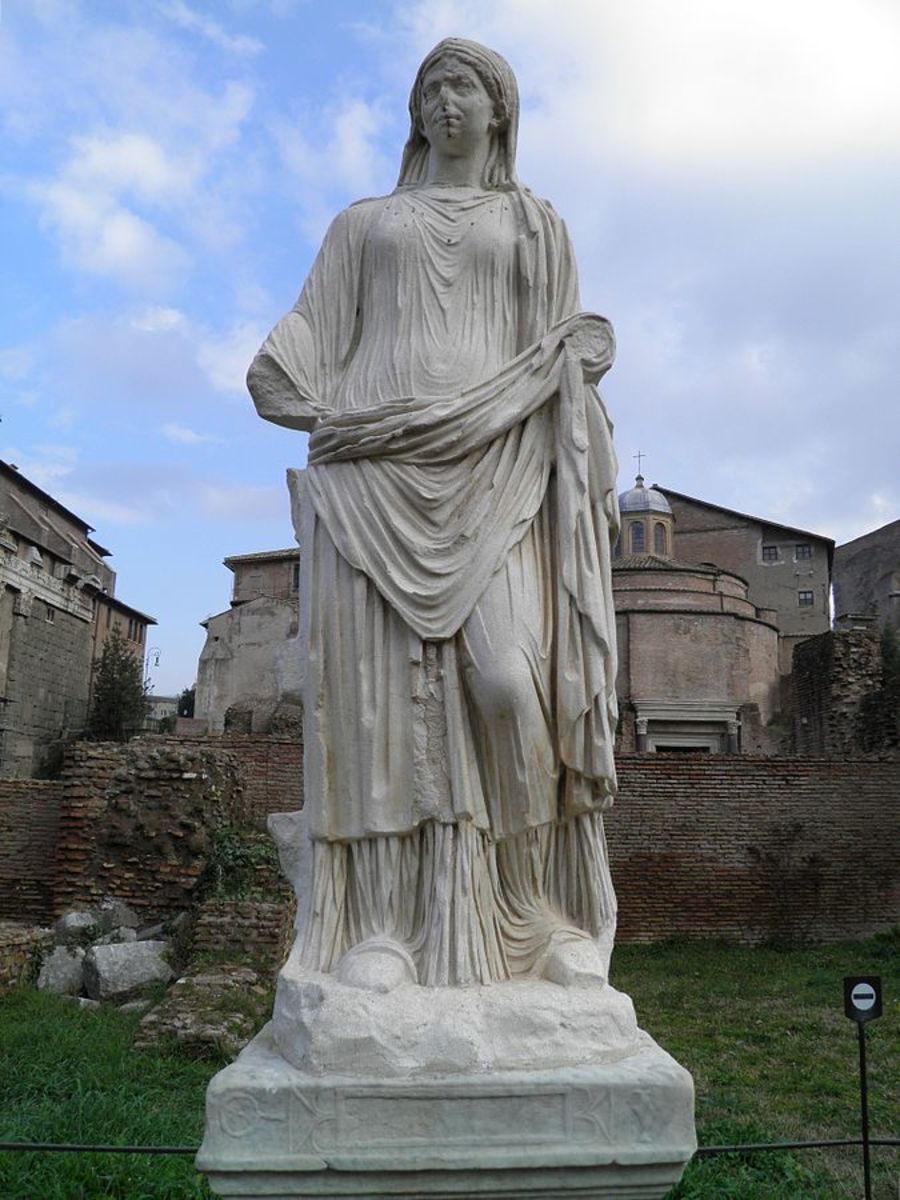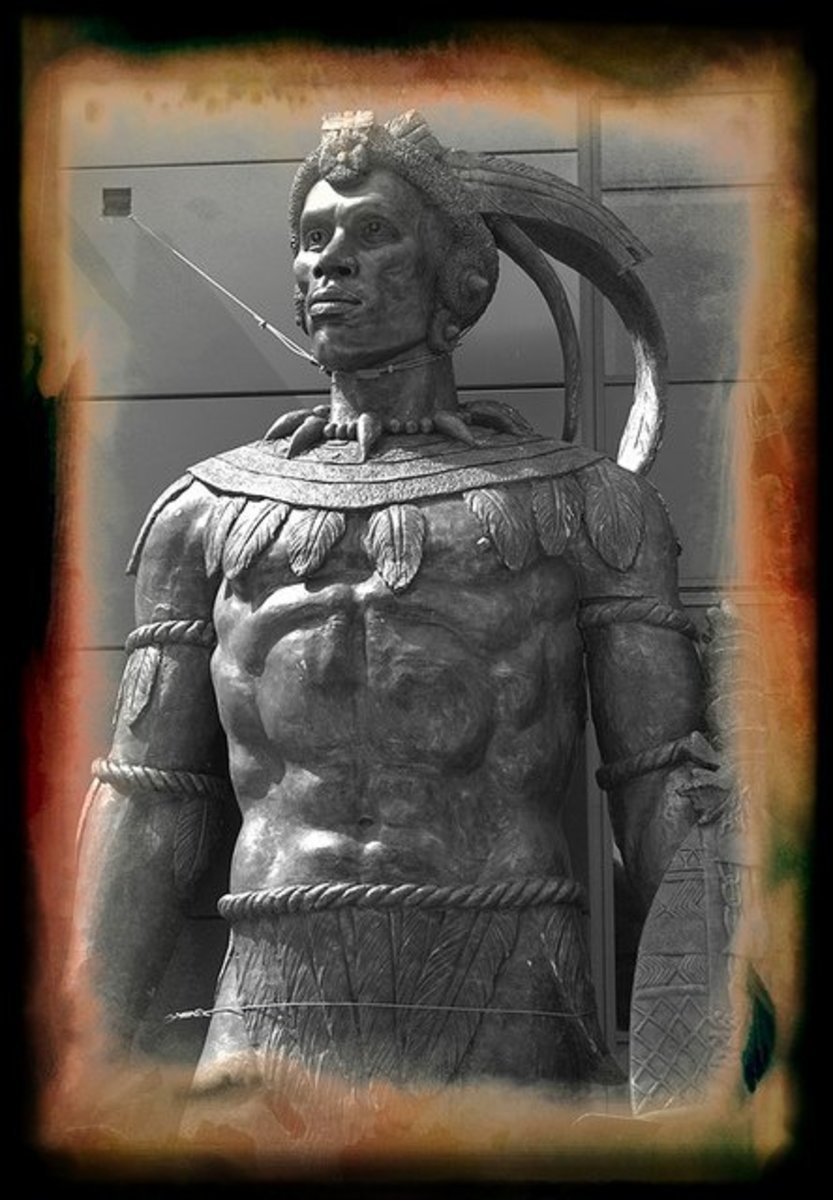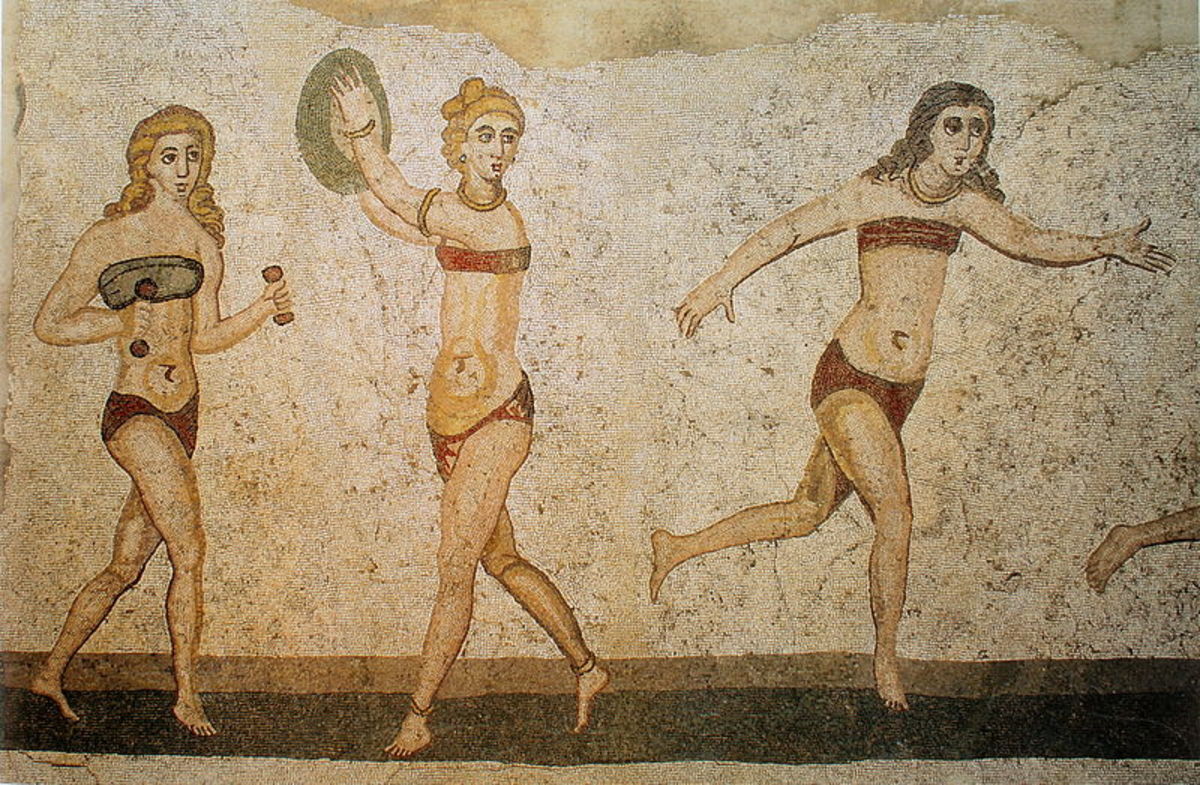Syracusia - The First Liner of Antiquity
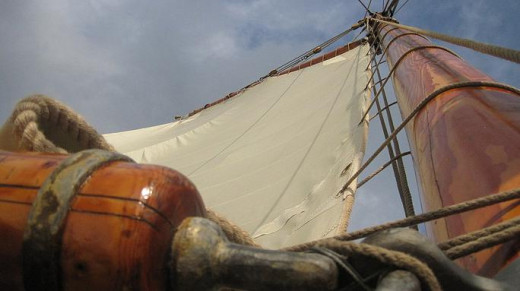
Human beings have always tried to reach – and if possible, to overcome – their own gods. Curiously, gods have done the same.
Mythological narratives of different ancient societies have presented that powerful urge to act and evolve. The most dramatic of them, probably, is the ancient Greek story of the Titans. According to one scientific version, their name derives from the Greek verb “titaino” (τιταίνω) - “to stretch (out)”, “to strain or exert oneself”. Titans were deities who strived to ultimate power, so when they felt strong enough, they overthrown their ancestors and ruled during the legendary Golden Age. As often has happened though, they were overthrown by their own children - the next generation of deities led by Zeus.
The Titans were giant gods of enormous strength and gave the meaning of the English adjective “titanc” – “very great in size, force, or power”.
The famous passenger liner “Titanic” that has sunk on 15 April 1912, after only 5 days sailing, has been named after those deities. Although the ship has followed the ill faith of its name-givers, she has turned into a symbol of magnificent human achievement. We can tell why, only by listing some facts about “Titanic”:
1. Tonnage – 46, 328 tons
2. Length – 269 m (882 ft)
3. Height – 53 m (175 ft)
4. Depth – 19,7 m (64 ft)
5. Power – 24 double-ended and 5 single-ended boilers feeding 2 steam machines
6. Capacity – 2,435 passengers and 892 crew (total: 3, 327)
The ship had a complex network of pipes and valves for heating water for all parts of the vessel. Also, in case of emergency, “Titanic” had a system for distillation of seawater. There were 5 different type anchors on board.
The passengers’ facilities were built with the highest standards of its time, giving the impression of a hotel’s ambiance rather than a ship’s one. “Titanic” was equipped with an on-board telephone system, 4 elevators, a swimming pool, a gymnasium, a palm court, a squash court, a library, and a barber shop. An electric bath and a Turkish bath were available, as well as a French restaurant and Café Parisien located on a sunlit veranda. The “Grand Staircase” of the ship descended through 8 (!) decks and were capped with constructions of iron and glass that admit the natural light inside.
All this packed in a ship built at the dawn of the twentieth century! Magnificent!
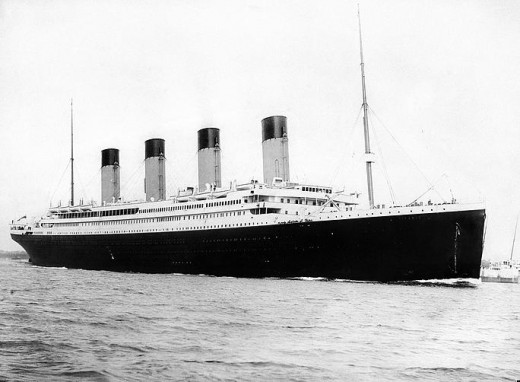
But what if I told you that not less spectacular ships have been constructed far long ago, more than twenty – twenty-four centuries ago?
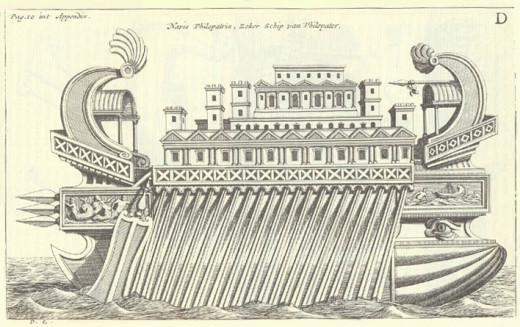
Syracusia
Have you experienced that aha!moment when you suddenly understand something that looked unsolvable just moments ago?
That was what allegedly happened with the ancient Greek scholar Archimedes when he pronounced his famous “Eureka” and started running around necked (as he was at the baths). The story might have been exaggerated and a bit embellished by Vitruvius (1st century BC) who was the first written source of that episode. It is certain though that Archimedes discovered and described some of the principles of the hydrostatics in his book “On Floating Bodies”, written around 250 BC.
He was a prolific scientist and inventor. He was also very self-confident, as we can see from one letter of him to the ruler of Syracuse – Hiero. In the letter, Archimedes was boasting about his abilities to move any heavy object in the world he wanted. “Give me a place to stand and I will move the Earth!” (ΔΟΣ ΜΟΙ ΠΑ ΣΤΩ ΚΑΙ ΤΑΝ ΓΑΝ ΚΙΝΑΣΩ) he declared and definitely drew the attention of the Syracusan king.
Impressed by the knowledge of the famous scholar, Hiero gave him a special task – to design a ship, the biggest and the largest one he could invent. Archimedes rolled up sleeves (not literally, of course!) and did his best.
When Archias of Corinth built the ship on Archimedes’ plans, it turned out that she was so big that no harbor in Sicily was large enough to admit her. Hiero generously decided to send the ship as a present to Ptolemy, the king of Egypt. The Alexandrian port appeared to be the only approximate one that could host the marvelous construction. Originally named as “Syracusia”, the ship was renamed “Alexandria” and prepared for loading.
In his book "Deipnosophistae" (The banquets of the Learnt), Athenaeus cited the only existing description of the ship and its load written by the historian Moschion of Phaselis. According to his narrative, on “Syracusia/Alexandria” were loaded:
- 60, 000 measures of corn
- 10, 000 jars of Sicilian salt-fish
- 20, 000 talents (500,000 – 600,000 kg/ 1,102,000 - 1,323,000 lb) weight of wool
- 20, 000 talents of other cargo (500,000 – 600,000 kg/ 1,102,000 - 1,323,000 lb)
- 2, 000 measures of water in a container for drinking and bathing
Besides all this, on board were loaded crew, passengers, soldiers and even horses.
What kind of a ship could have been loaded with such an enormous cargo ?
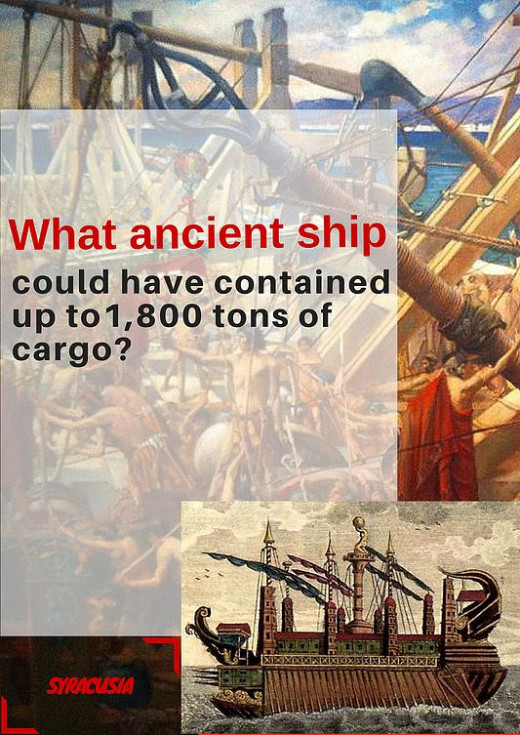
The facts about “Syracusia” drawn by the text of Athenaeus look as follows:
1. Length – 55 m (180 ft), some sources give 110m (360ft)
2. Cargo capacity – between 1, 600 and 1, 800 tons and 1940 passengers, warriors and crew, as well as 20 horses with separate stalls for everyone.
3. Timber (wood material) used for building “Syracusia” – equal to the material needed for 60 standard trireme ships (40 m long and 6 m wide)
4. Construction period – 1 year built by 300 workers
We are aware of the ancient authors’ tendency to exaggerate facts in their enthusiasm to describe something extraordinary. Even so, “Syracusia” must have been a remarkable ship. Stories have been told about her sea launch that had appeared impossible by the conventional means at that time. The ship just could not have been drawn out of the dock although many men power had been used.
Here Archimedes, came to the aid, again. He amazed Hiero for a second time launching the ship single-handedly using a system of pulleys. (Block-and-tackle pulley system has been one of many technological inventions of the Syracusian scholar.)
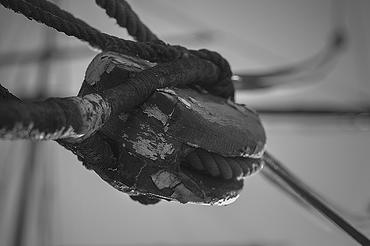
The size of “Syracusia” was not the only impressive fact about her. The Moschion’s account of the ship amenities could stun even modern passengers and cruise-lovers. Cypress wood, citron wood, ivory were some of the described materials. Also, all rooms had floors composed of mosaic work of all kinds of stones. They pictured the whole story of the "Iliad" and represented, in fact, the earliest mosaic depiction in literature! Countless drawings and statues, goblets and vases adorned the internal space of “Syracusia”.
The ship was equipped with a library and a reading room, a drawing room, a gymnasium, a bathroom, a dining room, and kitchen spaces with wooden stores, ovens, backing places, and mills.
Near the head of the vessel, there was a cistern of fresh water for drinking and bathing (according to some calculations around 78 tons capacity). Next to it there was a built-in sea-water fish tank full of fish for cook’s use.
The upper deck was supported not by regular columns, but by statues of Atlas (the Titan who held up the sky in Greek mythology) of six cubits high (around 3 m / 118 in).
Along the uppermost passage, there were walks with gardens of different sorts of flowers and plants. Roofs of tiles shaded some parts; others got tents roofed with branches of white ivy and vine. The roots of the plants were earthed up into special casks full of soil and regularly watered. The magnificent walks led to a temple of Aphrodite, with a floor of agate stone, furnished in the most exquisite manner with statues and pictures. 142 cabins for first-class passengers were also located on the second deck.
The crew and around 200 (according other 400) soldiers were accommodated in the lower deck. 20 separate horse stalls were part of that area too.
The ship was well protected. There were 8 towers with 4 men and 2 archers on every each of them. Between 200 and 400 soldiers were ready for orders at a special deck in front of the vessel where a giant catapult was mounted. An iron palisade was put all around the ship to prevent attempts of boarding. 4 wooden and 8 iron anchors helped the vessel to stay still when needed.
What an imposing picture the ship would have been as approaching the Alexandrian port around 240 year BC!
“Syracusia” sailed just once – on that trip from Sicily to the North Africa. It is not known for sure what happened to her after that, but she has never been mentioned in any historical sources again. Texts appeared though that several Hellenistic rulers have tried to build vessels similar to the great “Syracusia” and some of them have even succeeded.

